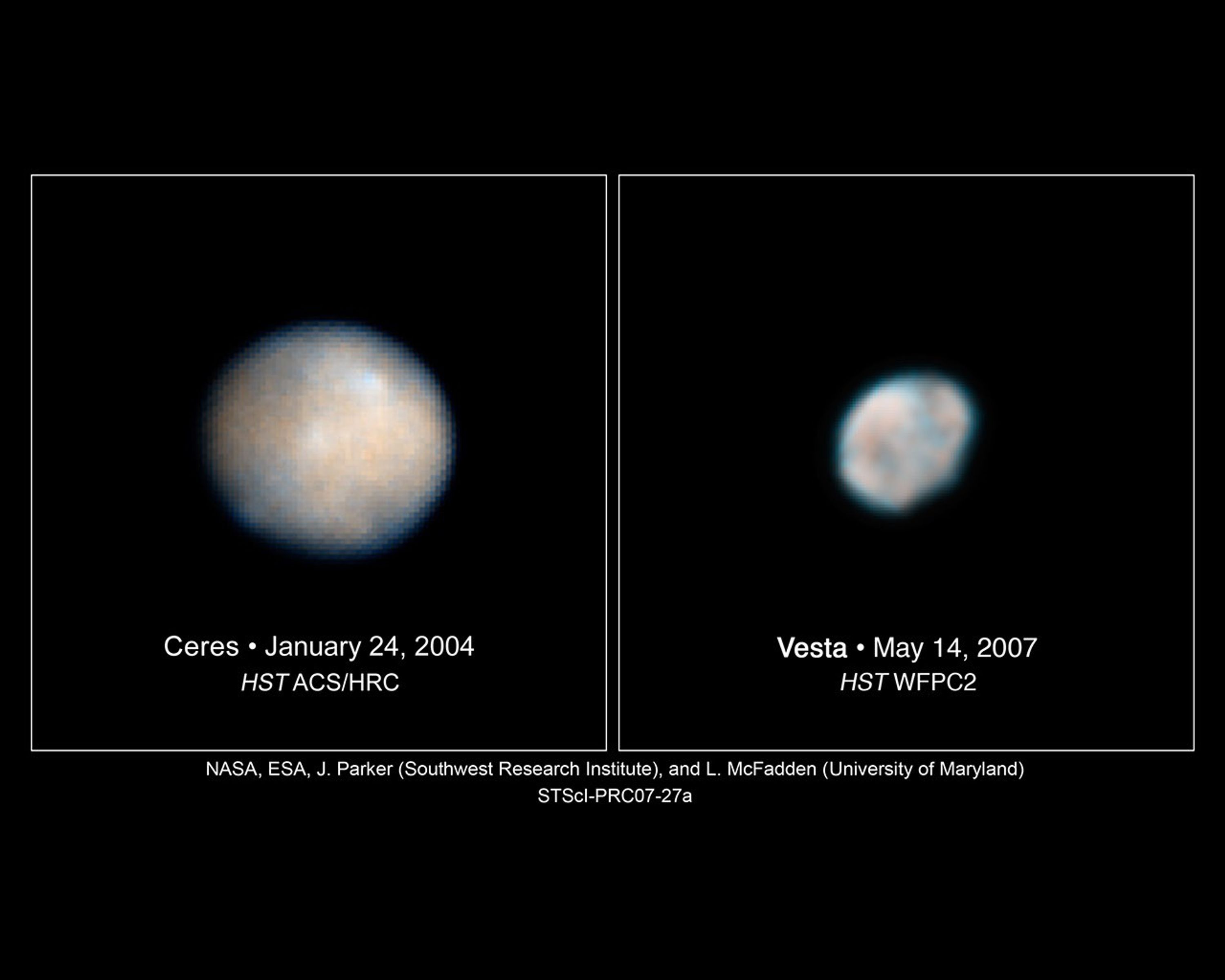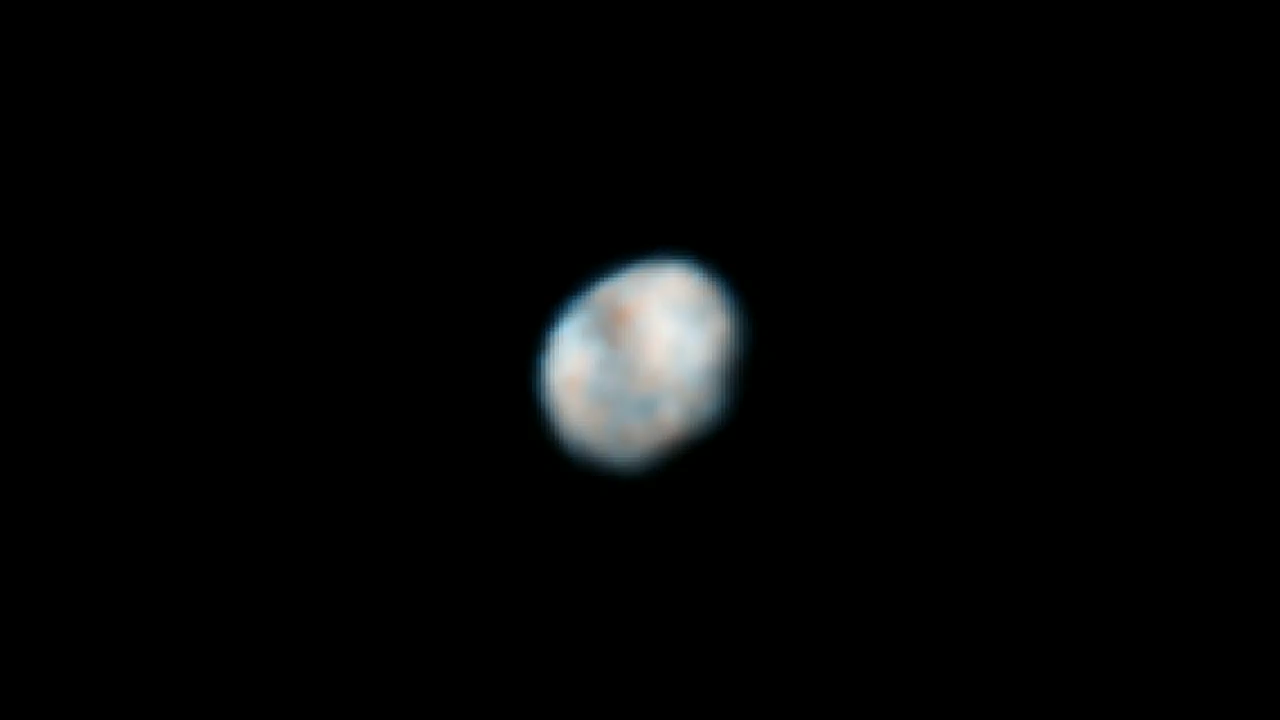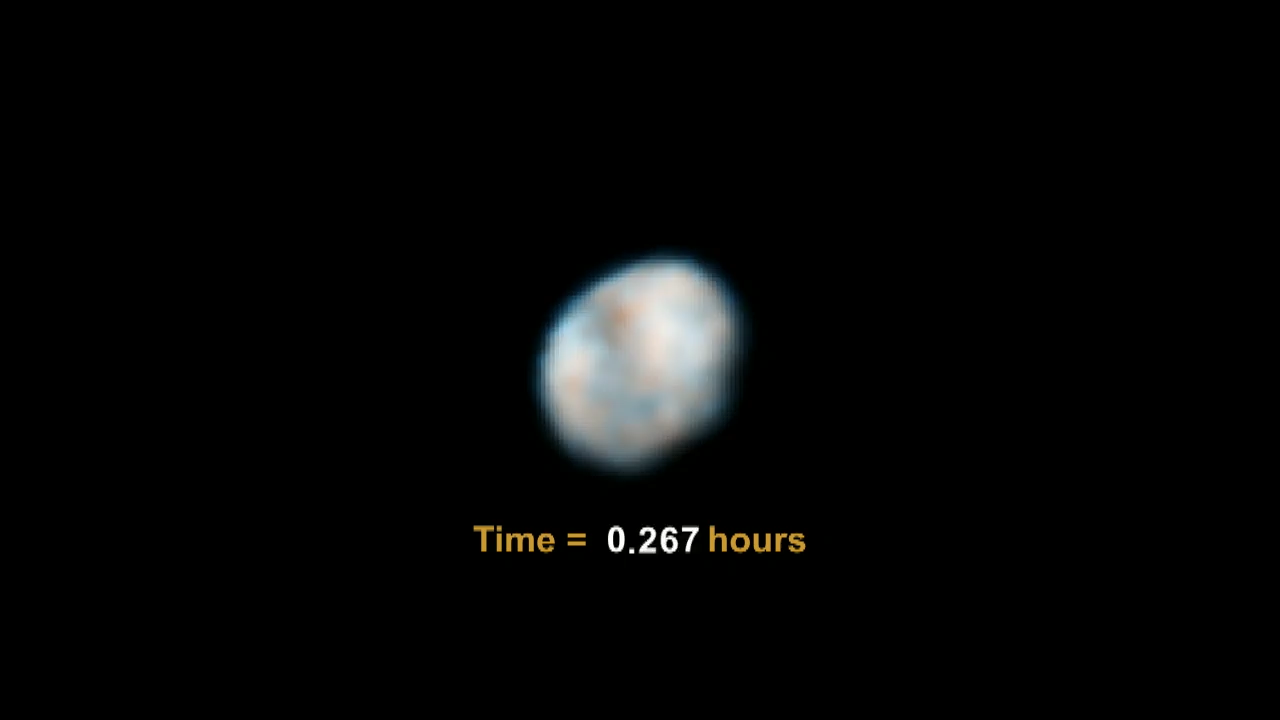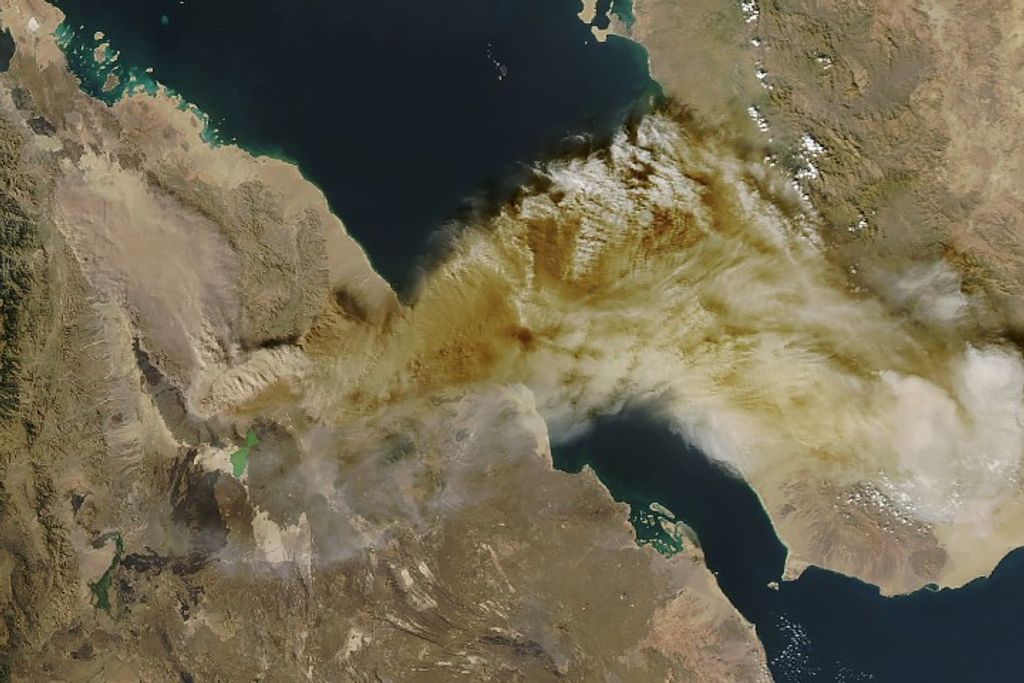1 min read
Vesta – May 14, 2007

About the Object
- DistanceDistanceThe physical distance from Earth to the astronomical object. Distances within our solar system are usually measured in Astronomical Units (AU). Distances between stars are usually measured in light-years. Interstellar distances can also be measured in parsecs.The semi-major axis of Vesta's orbit about the Sun is 2.36 Astronomical Units (A.U.) or roughly 219 million miles (353 million kilometers). At the time of the Hubble observations, Vesta was roughly 1.2 A.U. from Earth.
- DimensionsDimensionsThe physical size of the object or the apparent angle it subtends on the sky.Vesta is has a mean diameter of approximately 330 miles (530 kilometers). The object has a 354 mile (570 km) diameter at the equator and a slightly smaller diameter 288 miles (464 km) pole-to-pole.
About the Data
- Data DescriptionData DescriptionProposal: A description of the observations, their scientific justification, and the links to the data available in the science archive.
Science Team: The astronomers who planned the observations and analyzed the data. "PI" refers to the Principal Investigator.This image was created from data from the HST proposal 10799: L. McFadden and J.Y. Li (University of Maryland, College Park), M. Sykes (University of Arizona), P. Thomas (Cornell University), C. Russell (University of California, Los Angeles), and J. Parker and E. Young (Southwest Research Institute). The science team includes: L. McFadden and J.Y. Li (University of Maryland, College Park), M. Mutchler and Z. Levay (Space Telescope Science Institute), P. Thomas (Cornell University), J. Parker and E. Young (Southwest Research Institute), and C. Russell and B. Schmidt (University of California, Los Angeles). - InstrumentInstrumentThe science instrument used to produce the data.HST>WFPC2
- Exposure DatesExposure DatesThe date(s) that the telescope made its observations and the total exposure time.May 14 - 16, 2007
- FiltersFiltersThe camera filters that were used in the science observations.F439W (B) and F673N ([SII])
- Object NameObject NameA name or catalog number that astronomers use to identify an astronomical object.Vesta, 4 Vesta
- Object DescriptionObject DescriptionThe type of astronomical object.Minor Body in the Main Asteroid Belt
- Release DateJune 20, 2007
- Science ReleaseHubble Images of Asteroids Help Astronomers Prepare for Spacecraft Visit
- Credit

This image is a composite of many separate exposures made by the WFPC2 instrument on the Hubble Space Telescope using two different filters. The color results from assigning different hues (colors) to each monochromatic image. In this case, the assigned colors are: Blue: F439W (B) Red: F673N ([SII])

Related Images & Videos

Hubble Images of Asteroids Vesta and Ceres
Vesta (right) To prepare for the Dawn spacecraft's visit to Vesta, astronomers used Hubble's Wide Field Planetary Camera 2 to snap new images of the asteroid on May 14 and 16, 2007. Using Hubble, astronomers mapped Vesta's southern hemisphere, a region dominated by a giant...

The Many Faces of Vesta
To prepare for the Dawn spacecraft's visit to Vesta, astronomers used Hubble's Wide Field Planetary Camera 2 to snap new images of the asteroid. These images were taken on May 14 and 16, 2007. Each frame shows time in hours and minutes based on Vesta's 5.34-hour rotation period....

Asteroid Vesta Rotation
Astronomers used Hubble's Wide Field Planetary Camera 2 to snap new images of the asteroid Vesta on May 14 and 16, 2007. Using Hubble, astronomers mapped Vesta's southern hemisphere, a region dominated by a giant impact crater formed by a collision billions of years ago. The...

Asteroid Vesta Rotation (Annotated)
Astronomers used Hubble's Wide Field Planetary Camera 2 to snap new images of the asteroid Vesta on May 14 and 16, 2007. Using Hubble, astronomers mapped Vesta's southern hemisphere, a region dominated by a giant impact crater formed by a collision billions of years ago. The...
Share
Details
Claire Andreoli
NASA’s Goddard Space Flight Center
Greenbelt, Maryland
claire.andreoli@nasa.gov
































